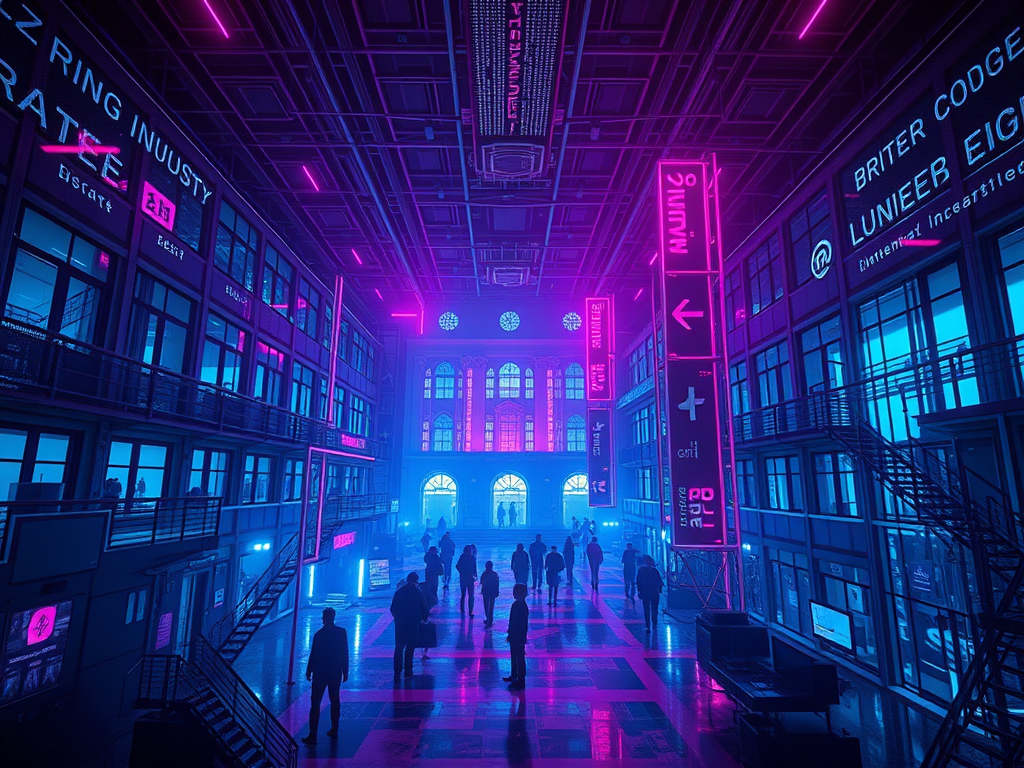Of course a reference to the work of Manuel DeLanda, though there are certainly more predictable references to make such as the robot historian in War in the Age of Intelligent Machines, his 2011 work, Philosophy and Simulation, and his most recent book, Materialist Phenomenology: a Philosophy of Perception. I also want to throw in one line from Bruno Latour’s An Inquiry into Modes of Existence: “In place of Homo faber, we would do better to speak of Homo fabricatus, daughters and sons of their products and their works. The author, at the outset, is only the effect of the launching from behind, of the equipment ahead. If gunshots entail, as they say, a ‘recoil effect,’ then humanity is above all the recoil of the technological detour” (230). Hopefully I’ll figure out why I want to do that later, but I’ve learned to trust my intuitions over the years.
To give this exploration some currency, I will put it in the context of Apple’s WWDC24, specifically their announcements of Apple Intelligence and VisionOS 2.
1000 years is a vague reference to a historical moment when humans began to manipulate glass for the purposes of vision. Reading stones are one early technology; corrective eyeglasses were a 13th century invention, and telescopes were invented in the 17th century. The key point is that through these developments we learned how to bend light in predictable ways. Obviously this is necessary for any lens, including those required for computer vision and VR. If/when I get an Apple Vision Pro I’ll need to pay extra for inserts that will replace the function of my eyeglasses. Then there are lasers, fiber optics, and optical/photonic computing.
It’s not too hard to imagine the stained glass in a church as medieval special effects, especially not in the life of a farmer for whom the church bell was the second loudest sound he ever heard (after thunder I am assuming). Today glass mixes with ceramic technologies to produce the surface of smartphones which are the contemporary version of special effects.
[BTW, if you are seeking a more academic discussion of these matters, you could check out my article in Rhizomes, “Living on Digital Flatlands: Assemblies of Computer Vision.”]
But if you insist on staying here, try this chunk of Deleuze and Guattari on for size.
We will call an assemblage every constellation of singularities and traits deducted from the flow—selected, organized, stratified—in such a way as to converge (consistency) artificially and naturally; an assemblage, in this sense, is a veritable invention. Assemblages may group themselves into extremely vast constellations constituting “cultures,” or even “ages”; within these constellations, the assemblages still differentiate the phyla or the flow, dividing it into so many different phylas, of a given order, on a given level, and introducing selective discontinuities in the ideal continuity of matter-movement. The assemblages cut the phylum up into distinct, differentiated lineages, at the same time as the machinic phylum cuts across them all, taking leave of one to pick up again in another, or making them coexist. A certain singularity embedded in the flanks of the phylum, for example, the chemistry of carbon, will be brought up to the surface by a given assemblage that selects, organizes, invents it, and through which all or part of the phylum passes, at a given place at a given time. We may distinguish in every case a number of very different lines. Some of them, phylogenetic lines, travel long distances between assemblages of various ages and cultures (from the blowgun to the cannon? from the prayer wheel to the propeller? from the pot to the motor?); others, ontogenetic lines, are internal to one assemblage and link up its various elements or else cause one element to pass, often after a delay, into another assemblage of a different nature but of the same culture or age (for example, the horseshoe, which spread through agricultural assemblages). It is thus necessary to take into account the selective action of the assemblages upon the phylum, and the evolutionary reaction of the phylum as the subterranean thread that passes from one assemblage to another, or quits an assemblage, draws it forward and opens it up.
A Thousand Plateaus 406-7
Just like cards in a poker game, the text reads itself, right?
In short, we can trace the phylogenetic lineage of glass as it relates to visual desires across ages of technological assemblages. These are the detours and switchbacks that interest Labour. Why would we do this? In part, it has to do with DeLanda’s improbable project of combining materialism and phenomenology. That’s the philosophical side of the matter. The more pressing side for most people would be what such investigations might tell us about how the way AI sees “shapes and is shaped by” our concepts of vision.
So back to Apple (and they are just an obvious and recent example of this). As far as I can tell, they are offering a personalized AI on-board your device (but also presumably shared across your iCloud of devices). It’s going to be cool. You’ll be carrying the uncanny valley around in your pocket. Except this uncanny valley is between you and your nonhuman twin. If you like the themes of creepy Asian horror films like The Ring, then you’re in for a treat!
Just kidding. I’m sure it will be better than that…

Perfect. No lies detected.
Coincidently the Voight-Kampff test fits with my questions about computer vision since the tester is measuring reactions in the android’s eyes (if only you could see what I have seen with your eyes).
How can anything see without experiencing sight? That’s the phenomenology-materialist question. It’s all of our desires (in the deleuzoguattarian sense), as in the autopoietic function of eyes showing us the world as it is interesting/relevant to us. These desires shaping and being shaped by assemblages and machinic phyla so that we come to VR headsets, GAI, etc. Not in a deterministic way but in a singular way, like any emergent, pseudo-random function.
This “1000 years” or more precisely these phylogenetic historical lines are traces of the intersections between experience and materialism, where affects and materials carrying on despite not linking into familiar tensions of form and expression. In one way they are the spent casings from Latour’s recoiling rifle. That is, they are evidence of our journey as homo fabricates.
UPDATE!!! As you can see in the comments, the AI keeps suggesting I need more visuals. So I asked for a visual to help illustrate this text.

Feeling the uncanny valley yet?





Leave a comment